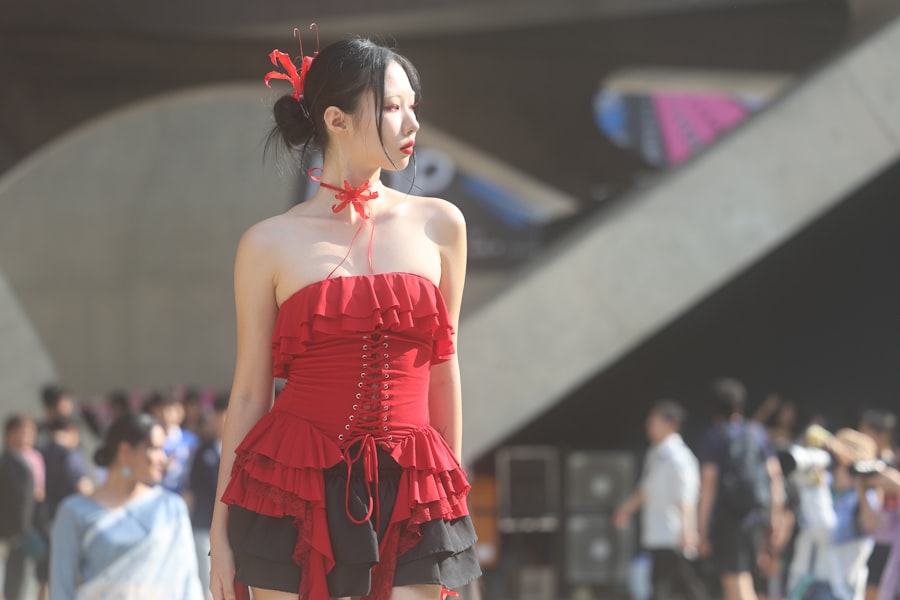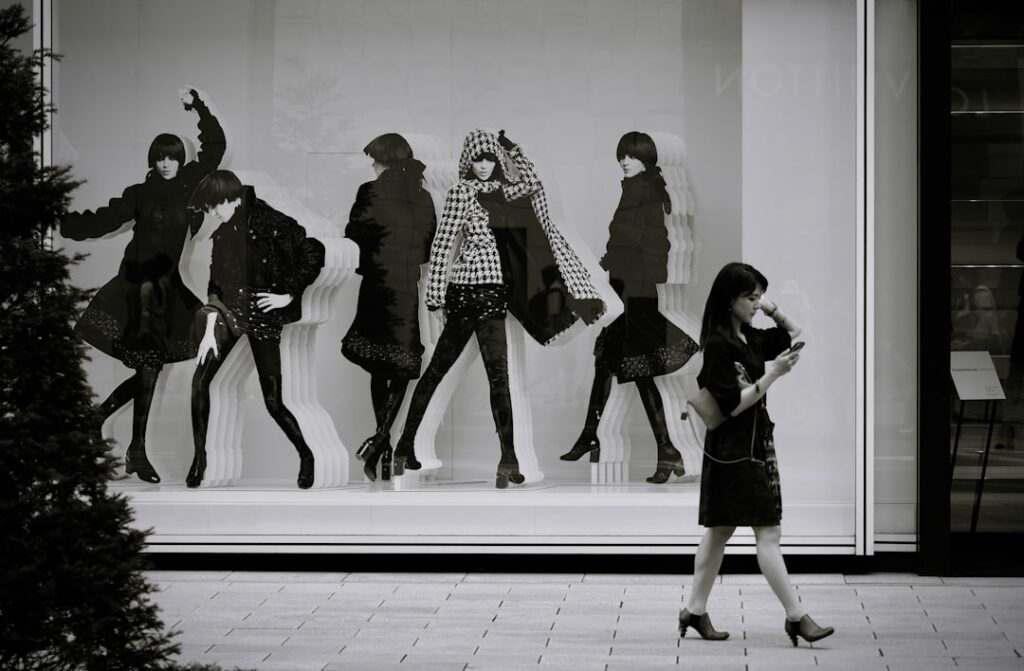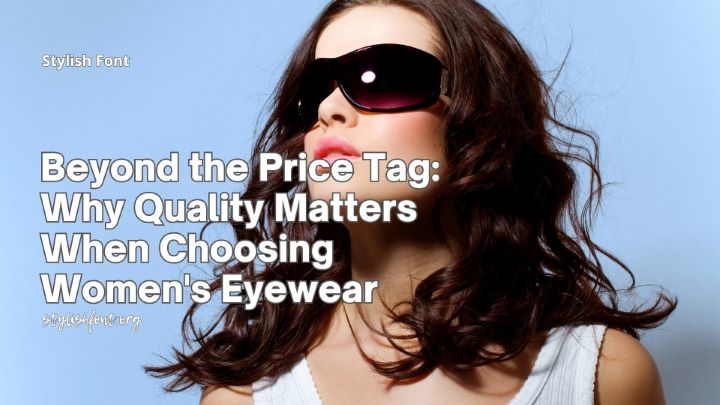Fashion NFTs, or non-fungible tokens, represent a revolutionary intersection of technology and style, allowing designers and brands to create unique digital assets that can be bought, sold, and traded on blockchain platforms. Unlike traditional fashion items, which can be replicated and mass-produced, NFTs are one-of-a-kind digital creations that authenticate ownership and provenance through blockchain technology. This means that each fashion NFT is distinct, providing a new layer of exclusivity and value in the fashion world.
From digital clothing and accessories to virtual runway shows, fashion NFTs encompass a wide range of creative expressions that challenge conventional notions of ownership and consumption. The allure of fashion NFTs lies not only in their uniqueness but also in their ability to engage consumers in innovative ways. Designers can create limited-edition pieces that appeal to collectors and fashion enthusiasts alike, while brands can leverage these digital assets to enhance their storytelling and brand identity.
As the digital landscape continues to evolve, fashion NFTs are becoming a vital component of the industry, offering new avenues for creativity and commerce that were previously unimaginable.
Key Takeaways
- Fashion NFTs are digital assets representing ownership or proof of authenticity of a fashion item, often using blockchain technology.
- Fashion NFTs have the potential to revolutionize the fashion industry by providing new ways for designers and brands to engage with consumers and create unique, limited-edition digital fashion items.
- The emergence of Fashion NFTs is changing the way we buy and sell fashion, with digital marketplaces and virtual fashion shows becoming more prevalent.
- Blockchain technology plays a crucial role in Fashion NFTs by providing a secure and transparent platform for verifying the authenticity and ownership of digital fashion items.
- The rise of digital fashion and virtual fashion shows is reshaping the fashion industry, offering new opportunities for creativity and sustainability.
The Impact of Fashion NFTs on the Fashion Industry
The emergence of fashion NFTs has sparked a significant transformation within the fashion industry, reshaping how brands interact with consumers and how they approach design and marketing. By embracing this technology, fashion houses can tap into a younger, tech-savvy audience that values authenticity and innovation. This shift has led to a surge in collaborations between traditional fashion brands and digital artists, resulting in unique collections that blend physical and digital elements.
The impact is profound, as it encourages brands to rethink their strategies and explore new ways to engage with their customers. Moreover, fashion NFTs have democratized access to high-end fashion. In the past, luxury items were often out of reach for many consumers due to their high price points.
However, with the rise of digital fashion, individuals can now own a piece of exclusive design without the hefty price tag associated with physical items. This accessibility fosters a sense of community among fashion enthusiasts who can share, trade, and showcase their digital collections on various platforms. As a result, the fashion industry is witnessing a shift towards inclusivity and diversity, as more voices are represented in the digital space.
How Fashion NFTs are Changing the Way We Buy and Sell Fashion

The buying and selling processes within the fashion industry are undergoing a radical transformation due to the introduction of fashion NFTs. Traditional retail models are being challenged as consumers increasingly seek unique digital experiences rather than merely purchasing physical goods. With fashion NFTs, buyers can acquire exclusive digital garments or accessories that can be worn in virtual environments or displayed in digital galleries.
This shift not only alters consumer behavior but also redefines the concept of ownership in fashion. Additionally, the resale market for fashion NFTs is burgeoning, creating new opportunities for both consumers and creators. Just as vintage clothing has gained popularity in the physical realm, digital items can also appreciate in value over time.
This potential for resale encourages consumers to invest in fashion NFTs as assets rather than mere purchases. Brands are also adapting to this new landscape by creating limited-edition drops and exclusive collaborations that generate buzz and excitement among collectors. The result is a dynamic marketplace where scarcity and desirability drive consumer engagement.
The Role of Blockchain Technology in Fashion NFTs
| Metrics | Description |
|---|---|
| Increased Transparency | Blockchain technology provides a transparent and immutable record of ownership and provenance for NFTs in the fashion industry. |
| Authentication and Anti-Counterfeiting | Blockchain can be used to verify the authenticity of fashion NFTs, reducing the risk of counterfeit products in the market. |
| Royalty Tracking | Smart contracts on blockchain enable automatic royalty payments to designers and creators whenever their NFTs are resold. |
| Supply Chain Traceability | Blockchain can track the entire supply chain of fashion NFTs, ensuring ethical sourcing and production practices. |
| Marketplace Efficiency | Blockchain-based marketplaces for fashion NFTs can streamline transactions, reduce fees, and provide a secure environment for buying and selling. |
Blockchain technology serves as the backbone of fashion NFTs, providing a secure and transparent framework for transactions and ownership verification. Each NFT is recorded on a blockchain, ensuring that its authenticity can be easily verified by anyone interested in purchasing or trading it. This level of transparency is particularly valuable in an industry often plagued by counterfeiting and imitation.
By utilizing blockchain, designers can guarantee that their creations are genuine, fostering trust between creators and consumers. Furthermore, blockchain technology enables designers to retain control over their work even after it has been sold. Smart contracts—self-executing contracts with the terms of the agreement directly written into code—allow creators to earn royalties on secondary sales of their NFTs.
This means that every time an NFT is resold, the original designer receives a percentage of the sale price. This innovative approach not only incentivizes creators but also establishes a more equitable distribution of wealth within the fashion ecosystem.
The Rise of Digital Fashion and Virtual Fashion Shows
As the world becomes increasingly digitized, the rise of digital fashion has gained momentum, with virtual fashion shows becoming a prominent feature of the industry. These events allow designers to showcase their collections in immersive online environments, reaching global audiences without the constraints of physical venues. Virtual fashion shows have proven particularly advantageous during times when traditional gatherings are limited, such as during the COVID-19 pandemic.
They offer an innovative platform for creativity while also reducing the environmental impact associated with physical runway shows. Digital fashion also opens up new possibilities for collaboration between designers and technologists. By merging traditional design techniques with cutting-edge technology, creators can experiment with new forms of expression that transcend the limitations of physical materials.
This fusion has led to the development of interactive garments that respond to user input or change appearance based on environmental factors. As digital fashion continues to evolve, it is likely to play an increasingly central role in shaping the future of the industry.
The Future of Fashion NFTs: Trends and Predictions

Looking ahead, the future of fashion NFTs appears bright, with several trends poised to shape their evolution within the industry. One significant trend is the increasing integration of augmented reality (AR) and virtual reality (VR) technologies into the shopping experience. As consumers become more accustomed to engaging with digital content, brands will likely leverage AR and VR to create immersive shopping experiences that allow customers to try on virtual garments before making a purchase.
Another prediction is the continued growth of community-driven platforms where users can create, share, and trade their own fashion NFTs. These platforms will empower individuals to express their creativity while fostering connections among like-minded enthusiasts. Additionally, as sustainability becomes an increasingly pressing concern within the fashion industry, brands may explore ways to incorporate eco-friendly practices into their NFT offerings, such as using energy-efficient blockchain networks or promoting digital-only collections that reduce waste.
Fashion NFTs and Sustainability: A New Approach to Fashion
Sustainability has emerged as a critical issue within the fashion industry, prompting brands to seek innovative solutions that minimize their environmental impact. Fashion NFTs present a unique opportunity to address these concerns by promoting digital consumption over physical production. By offering virtual garments instead of traditional clothing items, brands can significantly reduce waste associated with manufacturing processes while still providing consumers with stylish options.
Moreover, fashion NFTs can encourage a shift towards a circular economy within the industry. As consumers become more aware of their purchasing habits, they may opt for digital items that can be easily resold or traded rather than accumulating physical goods that contribute to landfill waste. This shift not only promotes sustainable practices but also fosters a culture of mindful consumption among consumers who prioritize quality over quantity.
The Challenges and Opportunities of Fashion NFTs for Designers and Brands
While fashion NFTs present numerous opportunities for designers and brands, they also come with challenges that must be navigated carefully. One significant hurdle is the steep learning curve associated with blockchain technology and NFT marketplaces. Many designers may lack the technical expertise required to create and sell NFTs effectively, which could hinder their ability to participate in this emerging market.
To overcome this challenge, education and resources must be made available to empower creators to embrace this new frontier. Additionally, as the market for fashion NFTs becomes increasingly saturated, standing out from the competition will be essential for success. Designers will need to develop unique concepts that resonate with consumers while also leveraging effective marketing strategies to build awareness around their offerings.
Collaborations with established brands or influencers may provide valuable exposure and credibility in this evolving landscape.
The Legal and Ethical Considerations of Fashion NFTs
As with any emerging technology, legal and ethical considerations surrounding fashion NFTs must be addressed to ensure fair practices within the industry. Issues related to copyright infringement and intellectual property rights are particularly pertinent as designers navigate this new terrain. It is crucial for creators to understand how their work is protected under existing laws while also being aware of potential risks associated with unauthorized reproductions or misappropriation of their designs.
Furthermore, ethical considerations surrounding environmental sustainability must also be taken into account when creating and selling fashion NFTs. While digital assets may reduce waste associated with physical production, concerns about energy consumption related to blockchain networks persist. Designers should strive to adopt eco-friendly practices when minting their NFTs and consider utilizing platforms that prioritize sustainability.
How Consumers are Embracing Fashion NFTs
Consumers are increasingly embracing fashion NFTs as they seek new ways to express their individuality and engage with brands on a deeper level. The allure of owning unique digital assets resonates particularly well with younger generations who value authenticity and exclusivity in their purchases. As more individuals become familiar with blockchain technology and its applications within the fashion industry, interest in fashion NFTs is expected to grow exponentially.
Social media platforms play a pivotal role in driving consumer engagement with fashion NFTs. Influencers and content creators are showcasing their digital collections online, inspiring followers to explore this new realm of fashion ownership. Additionally, online communities dedicated to discussing and trading fashion NFTs are emerging, fostering connections among enthusiasts who share a passion for digital style.
Tips for Getting Started with Fashion NFTs: A Beginner’s Guide
For those interested in diving into the world of fashion NFTs, there are several key steps to consider when getting started. First and foremost, individuals should familiarize themselves with blockchain technology and how it underpins NFT transactions. Understanding how wallets work—essential for storing digital assets—and how different marketplaces operate will provide a solid foundation for navigating this space.
Next, aspiring creators should explore various platforms where they can mint their own fashion NFTs or purchase existing ones from other designers. Researching successful projects within the community can offer valuable insights into what resonates with consumers while also highlighting potential pitfalls to avoid. Finally, engaging with online communities dedicated to fashion NFTs can provide support and inspiration as individuals embark on their journey into this exciting new frontier of style.
In conclusion, fashion NFTs represent a transformative force within the industry, reshaping how designers create, sell, and engage with consumers while promoting sustainability and innovation along the way. As this technology continues to evolve, it will undoubtedly pave the way for new opportunities and challenges that will define the future of fashion.
FAQs
What are Fashion NFTs?
Fashion NFTs are non-fungible tokens that represent ownership or proof of authenticity of digital fashion items such as clothing, accessories, or digital art.
How do Fashion NFTs work?
Fashion NFTs are created and stored on a blockchain, which is a decentralized digital ledger. Each NFT contains unique metadata that defines the specific fashion item it represents.
What is the purpose of Fashion NFTs?
Fashion NFTs allow creators to tokenize and sell their digital fashion designs, while providing buyers with proof of ownership and authenticity for their digital fashion items.
How are Fashion NFTs different from traditional fashion items?
Fashion NFTs are digital assets that exist on a blockchain, while traditional fashion items are physical products. Fashion NFTs can be bought, sold, and traded in digital marketplaces.
Are Fashion NFTs environmentally friendly?
The environmental impact of Fashion NFTs depends on the blockchain they are created on. Some blockchains, such as Ethereum, consume a significant amount of energy, while others, like Tezos, are more energy-efficient.
What are the potential benefits of Fashion NFTs for the fashion industry?
Fashion NFTs can provide new revenue streams for fashion designers, enable digital ownership of fashion items, and create opportunities for innovative collaborations between fashion and technology.
What are the potential risks of Fashion NFTs?
Some potential risks of Fashion NFTs include copyright infringement, lack of regulation in the NFT market, and concerns about the environmental impact of blockchain technology.





